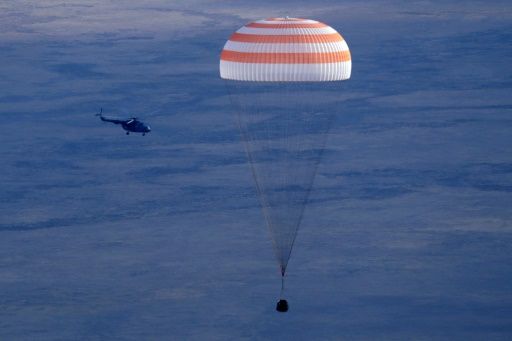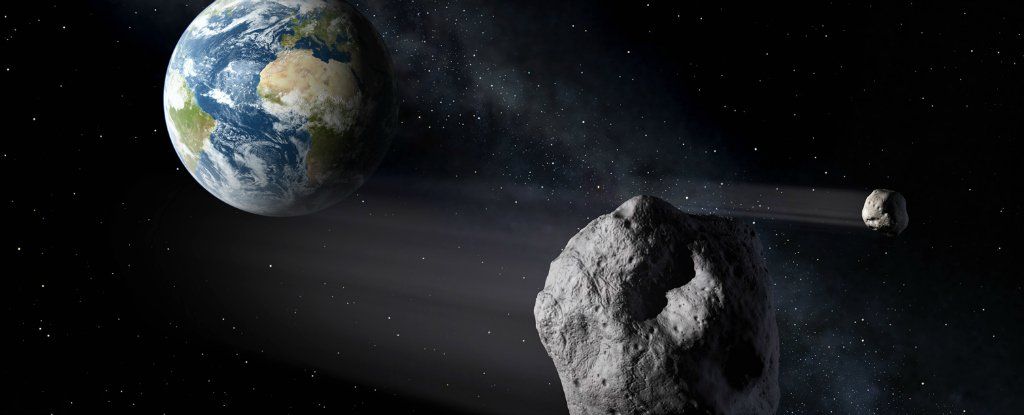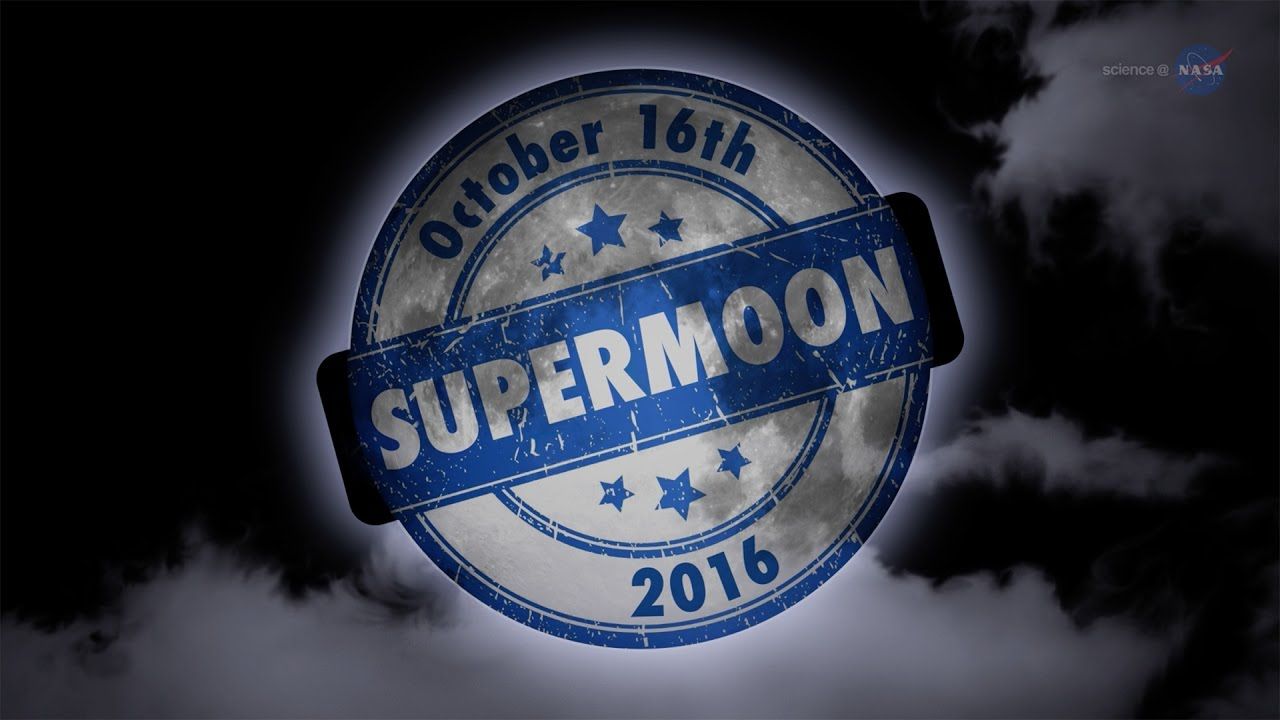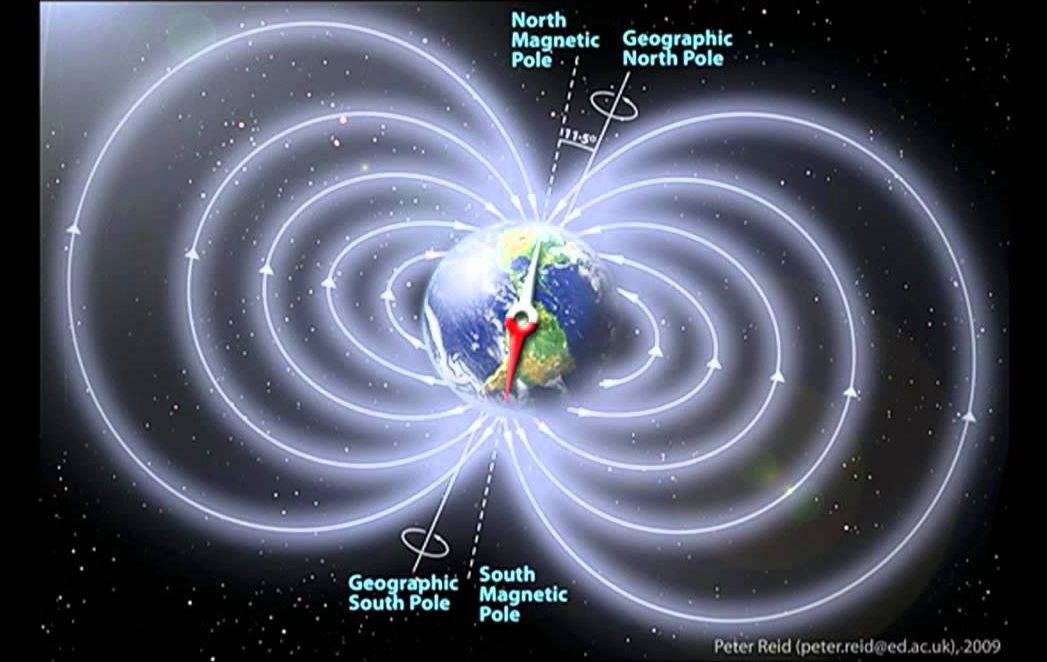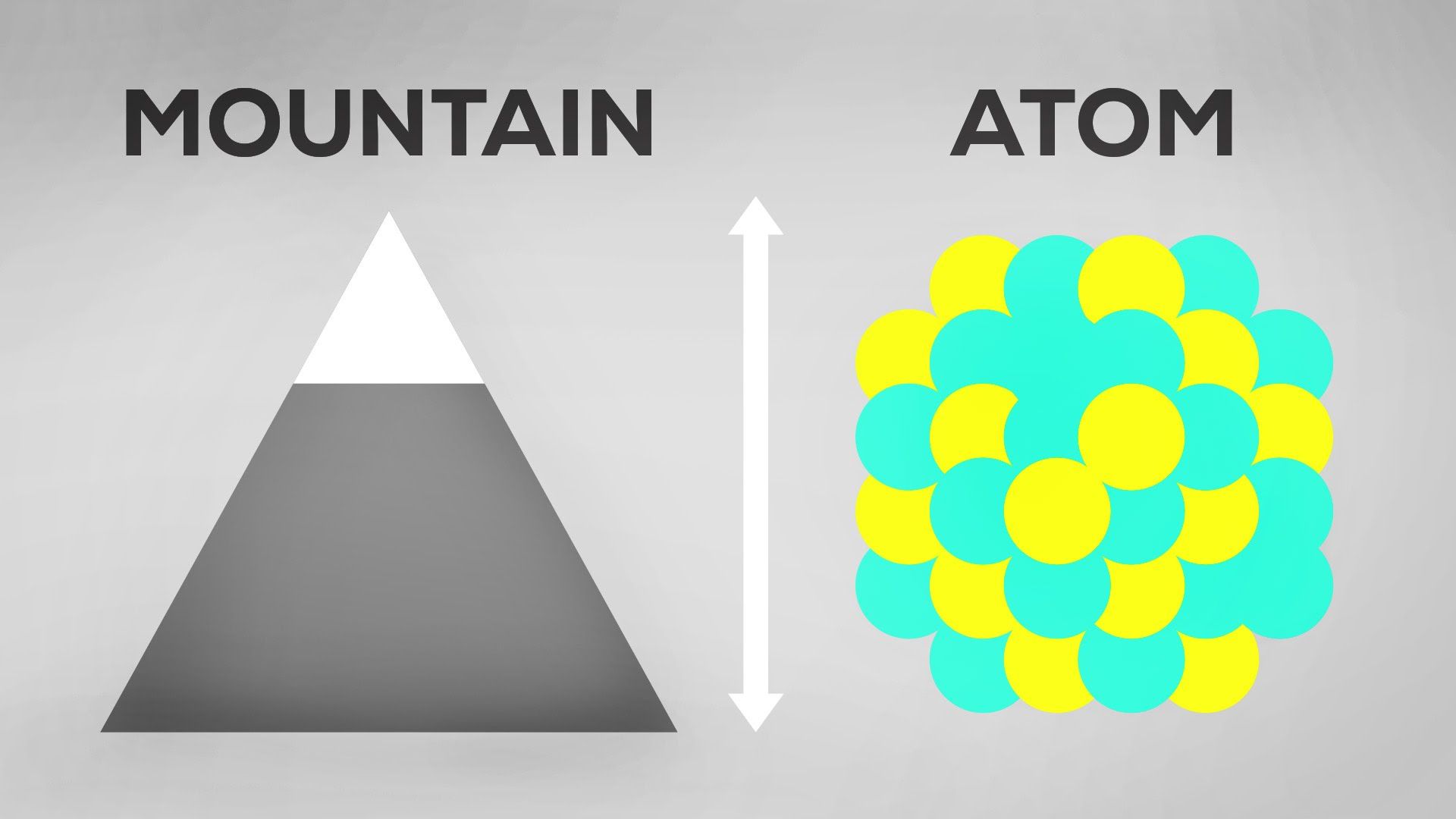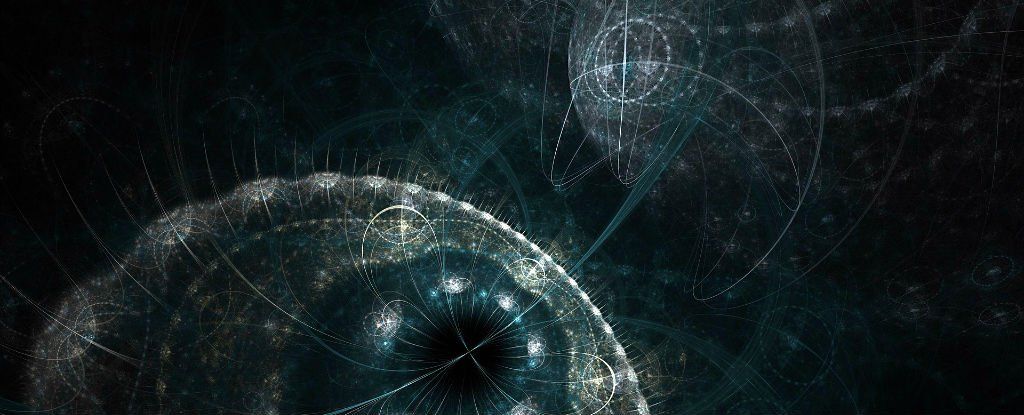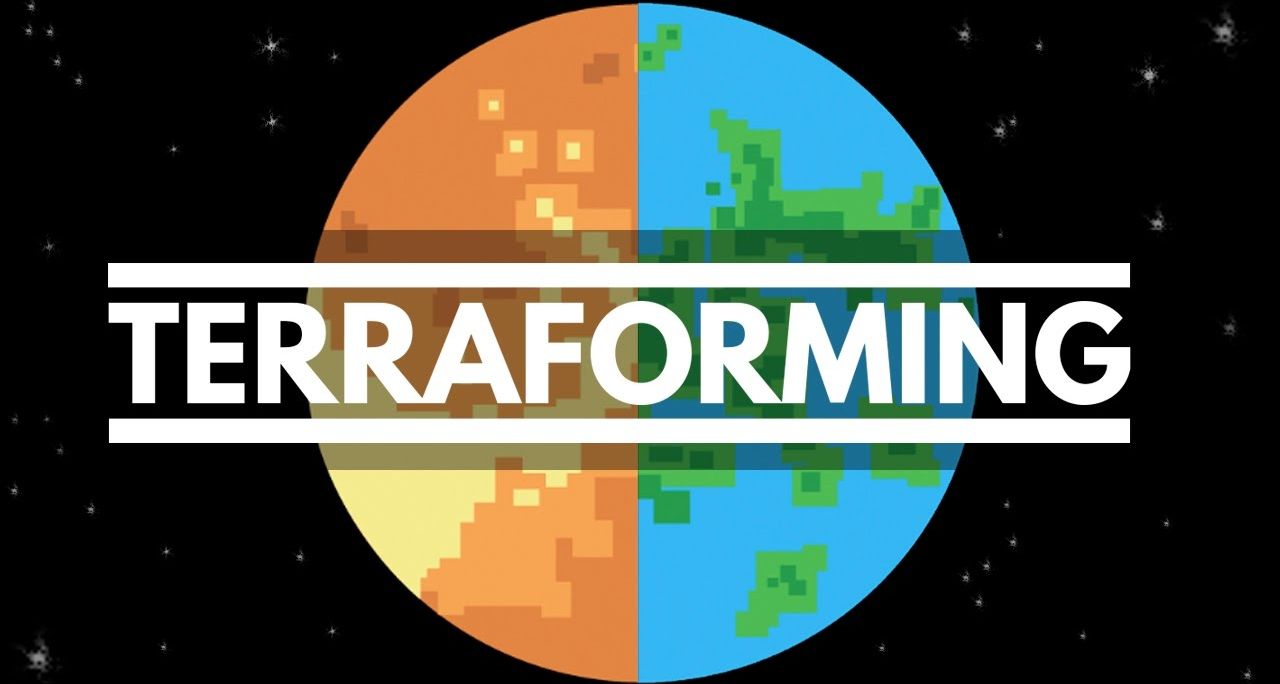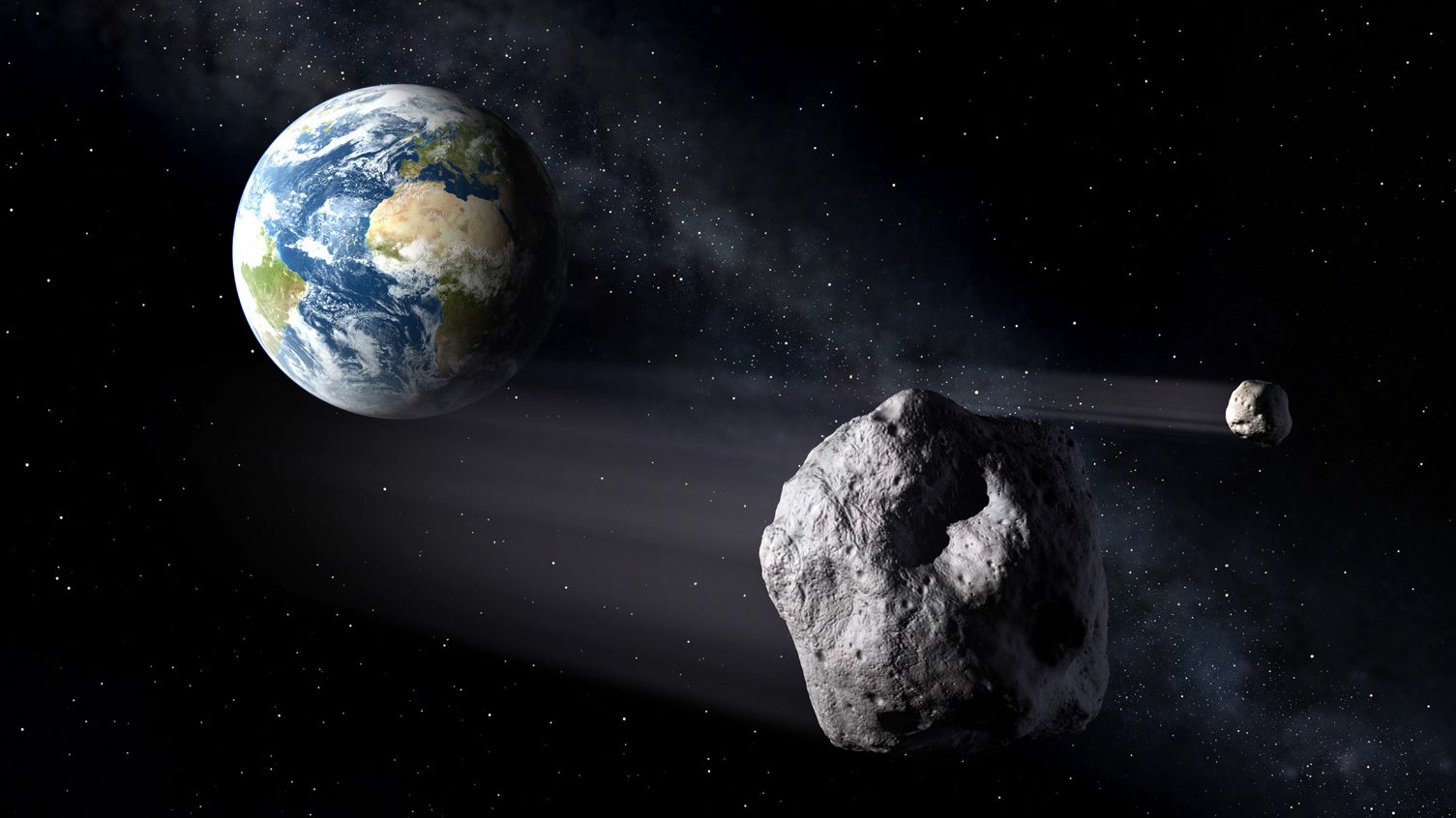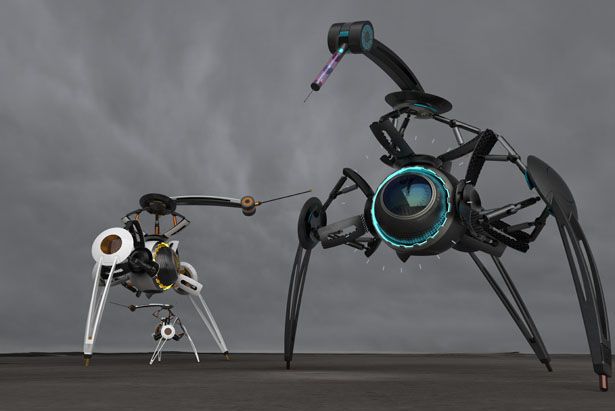Three astronauts landed safely in Kazakhstan on Sunday following a 115-day mission aboard the International Space Station, including US astronaut Kate Rubins, the first person to sequence DNA in space.
Russian mission control confirmed the touchdown of NASA’s Rubins, Roscosmos’ Anatoly Ivanishin and Takuya Onishi of the Japan Aerospace Exploration Agency at 0358 GMT.
The trio landed southeast of the Kazakh steppe town of Zhezkazgan in clear but frosty conditions after a flight from the orbital lab.
